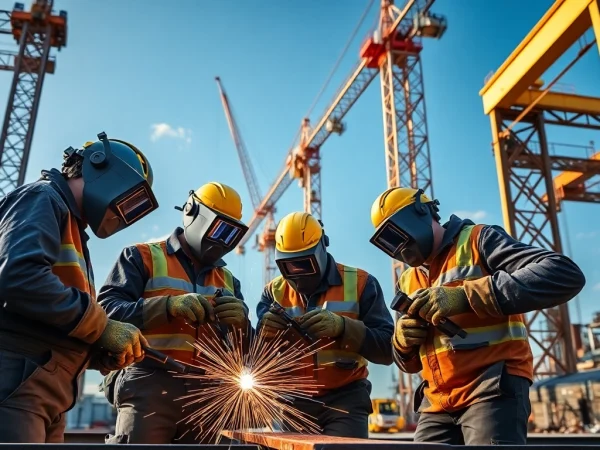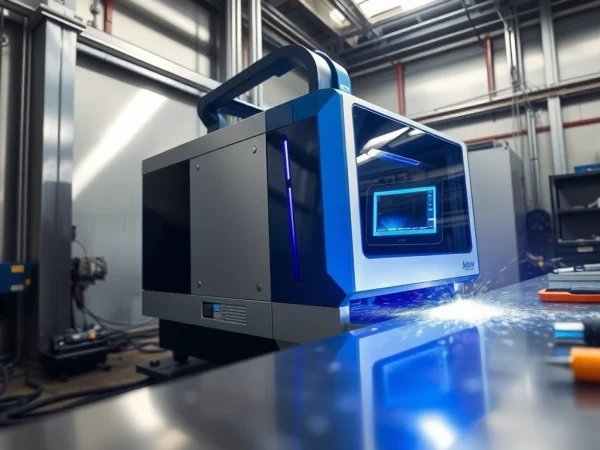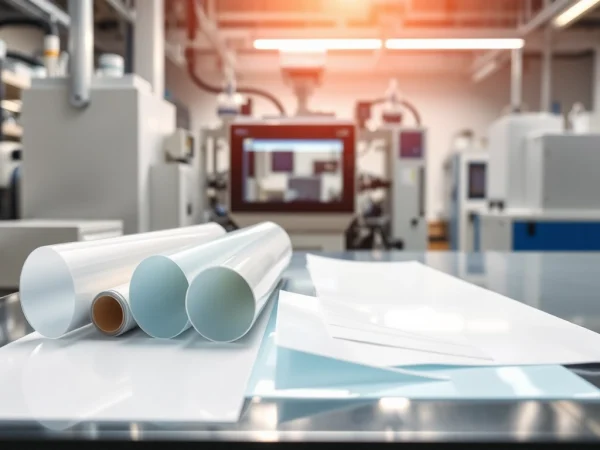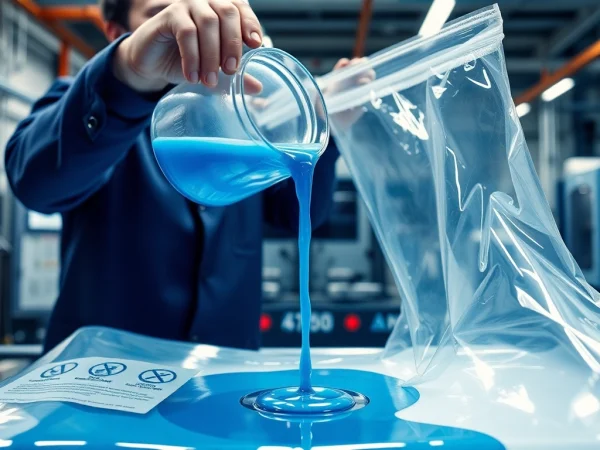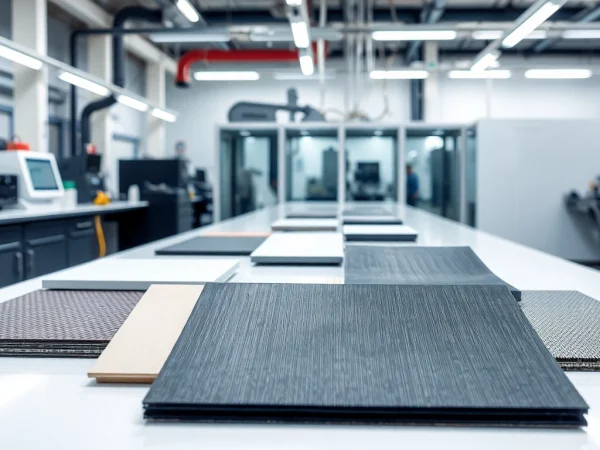Advanced Blow Molding Machines for Efficient Plastic Production
Introduction to Blow Molding Machines
Blow molding machines are essential tools in the modern manufacturing landscape, primarily used for producing hollow plastic parts. By leveraging a distinctive process that involves melting plastic and shaping it through air pressure, these machines play a significant role in various industries, including packaging, automotive, and consumer goods. In this article, we will explore the intricacies of blow molding technology, covering the types, features, applications, and much more, ensuring you have a comprehensive understanding of this pivotal machinery. For further insights, you might want to look into our Blow Molding Machine.
What is a Blow Molding Machine?
A blow molding machine is a device designed for the production of hollow plastic products. The machine operates by creating a plastic parison, which is then inflated inside a mold using compressed air. This process enables the creation of products with varied shapes and sizes, from bottles to automotive components. The versatility and efficiency of blow molding make it a favored choice among manufacturers looking to optimize production processes.
Types of Blow Molding Processes
There are three primary types of blow molding processes used in manufacturing:
- Extrusion Blow Molding (EBM): This is the most common method, where a continuous tube of melted plastic is extruded and immediately placed into a mold. Air is blown into the tube to expand and conform it to the space of the mold.
- Injection Blow Molding (IBM): This method involves injecting the molten plastic into a pre-form, which is then reheated and expanded in the mold. This process is particularly useful for creating complex shapes and high-quality finishes.
- Injection Stretch Blow Molding (ISBM): A hybrid of injection and blow molding, ISBM is often used for producing bottles. The pre-form is stretched vertically and then inflated in the mold, yielding thinner and stronger walls compared to other methods.
Applications of Blow Molding Technology
The applications for blow molding machines are extensive and diverse. Some common uses include:
- Packaging: The vast majority of blow-molded products are containers, such as beverage bottles, jars, and detergent containers.
- Automotive Components: Parts like fuel tanks, bumpers, and ducting profiles rely on blow molding for lightweight and strong construction.
- Consumer Goods: Products like toys, household items, and storage containers are often manufactured using blow molding techniques.
Key Features of Blow Molding Machines
Efficiency and Production Speed
One of the standout features of modern blow molding machines is their efficiency. With advancements in technology, these machines are capable of high-speed production, significantly reducing cycle times. For instance, certain models can produce thousands of bottles per hour, accommodating the fast-paced demands of the packaging industry. This efficiency is achieved through innovations such as:
- Multi-cavity molds: Allowing multiple items to be produced simultaneously.
- Advanced cooling systems: Lowering the cooling time required between cycles.
Energy Consumption and Sustainability
As environmental considerations become more pivotal, manufacturers are turning to energy-efficient blow molding machines. These machines utilize less energy by incorporating features like servo motors and variable frequency drives, resulting in less waste and lower operational costs. Additionally, many machines are designed to recycle production scraps back into the production process, further enhancing sustainability.
Automation and Smart Technology Integration
The integration of automation and smart technologies in blow molding is transforming how manufacturers operate. Machines equipped with sensors and IoT connectivity can monitor performance in real-time, identifying potential issues before they escalate. This level of automation not only enhances productivity but also ensures high precision and consistency in production.
Choosing the Right Blow Molding Machine
Factors to Consider Before Purchase
When considering a blow molding machine, it’s crucial to evaluate several factors, including:
- Product Requirements: Assess the types of products you plan to manufacture and their specifications.
- Production Volume: Determine the amount of production needed to select a machine that meets your capacity without over- or under-investing.
- Available Space: Ensure that the machine will fit within your manufacturing setup and that there is room for maintenance and operation.
Understanding Performance Specifications
Performance specifications are critical to selecting the right blow molding machine. Key metrics to consider include:
- Cycle Time: The time it takes to produce one item; this significantly impacts overall efficiency.
- Mold Size: Depending on the types of products you intend to manufacture, the mold size can greatly affect production versatility.
- Energy Efficiency Ratings: Look for machines with high energy rating certifications to reduce long-term operational costs.
Cost Analysis and Budgeting
Cost should be a significant consideration when choosing a blow molding machine. It is essential to analyze not just the purchase price but also the operational costs, including energy consumption, maintenance, and potential downtime. Performing a cost-benefit analysis comparing the initial investment against expected productivity and efficiency gains can provide better insight into the best machine for your needs.
Maintenance and Troubleshooting
Routine Maintenance Tips
Proper maintenance is essential for ensuring the longevity and performance of blow molding machines. Regular maintenance checks should include:
- Lubrication: Ensure all moving parts are adequately lubricated to reduce wear and tear.
- Cleaning: Regularly clean molds and machines to prevent buildup that can affect efficiency and product quality.
- Component Inspection: Periodically inspect components for signs of wear and replace them proactively to avoid costly repairs.
Common Issues and Solutions
Even with proper maintenance, issues might arise during operation. Common problems include:
- Uneven Product Thickness: This could be due to improper temperature settings or an issue with the parison. Adjusting the heater distribution and ensuring consistent melt flow can resolve this.
- Low Pressure: Insufficient air pressure can lead to inadequate mold filling. Check for blockages in the air lines and ensure compressor functionality.
Long-term Maintenance Strategies
Along with short-term preventative measures, planning for long-term maintenance is critical. This includes keeping comprehensive logs of machine performance, establishing a schedule for regular servicing, and investing in training for operators to recognize early signs of wear or malfunction.
Future Trends in Blow Molding Technology
Innovations in Machine Design
As technology progresses, innovations in blow molding machines are expected to emerge, focusing on greater automation, improved energy efficiency, and enhanced materials processing capabilities. Features such as artificial intelligence for predictive maintenance and machine learning for production optimization are likely to become standard in advanced blow molding systems.
Environmental Trends and Regulations
The drive towards sustainability is shaping the future of blow molding technology. Regulatory pressures are pushing manufacturers to adopt eco-friendly practices, such as reducing emissions and improving recyclability. The implementation of biodegradable plastics and the development of machines capable of processing recycled materials are on the rise.
Market Insights and Future Demand
The demand for blow molding machines is projected to grow, driven by increasing needs in packaging and consumer products. As global markets expand, manufacturers are expected to seek out blow molding solutions that offer flexibility, efficiency, and sustainability. Staying informed about market trends and consumer preferences will be crucial for businesses looking to invest in blow molding technology.

